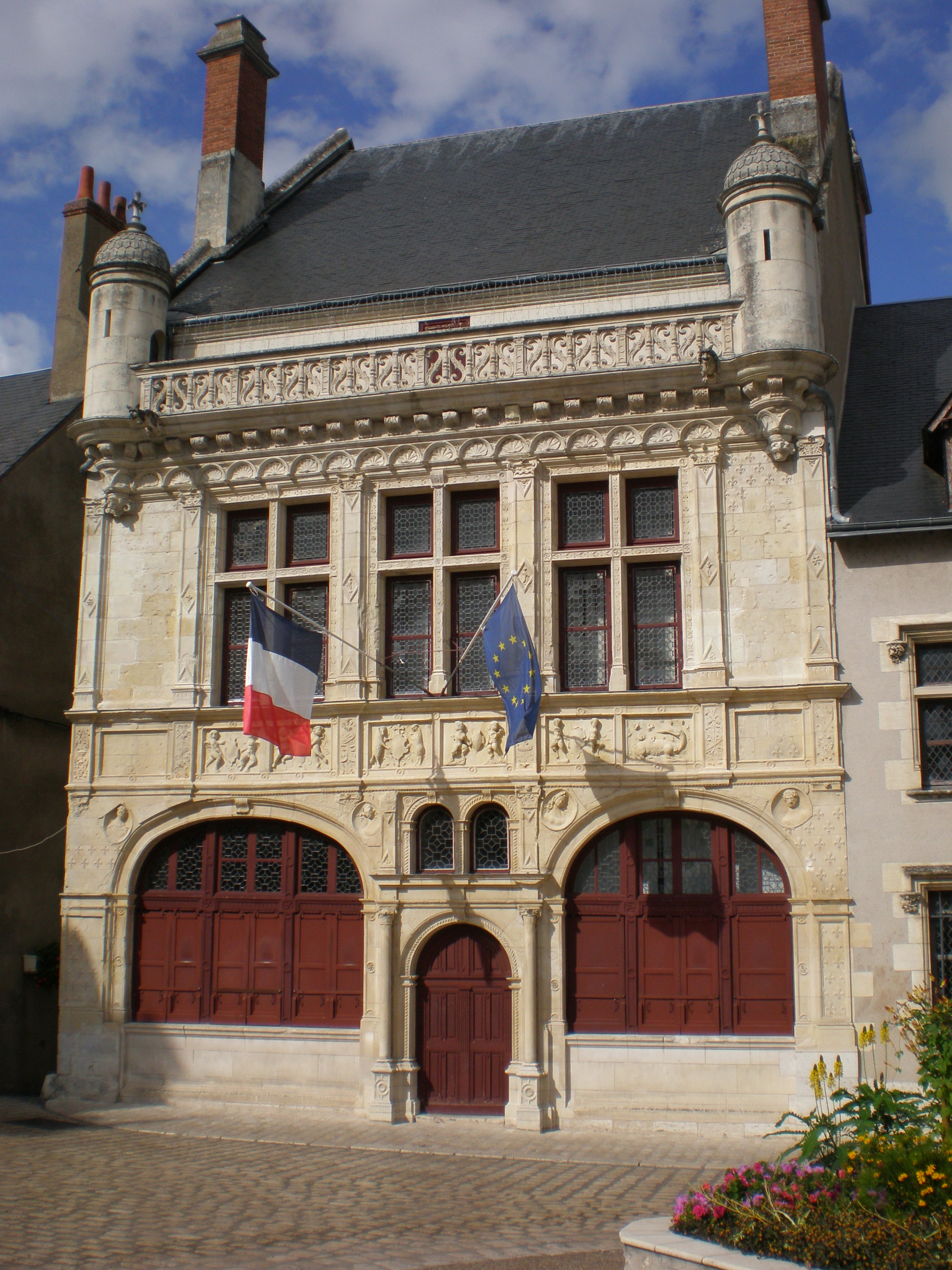Beaugency Station on:
[Wikipedia]
[Google]
[Amazon]
Beaugency () is a commune in the Loiret
 * Medieval keep (11th century)
* Lock of Dunois (14-15th century)
* Church Saint Etienne (11th century)
* Abbey church (12th century)
* City hall (16th century)
* Bridge (14th century)
* Medieval keep (11th century)
* Lock of Dunois (14-15th century)
* Church Saint Etienne (11th century)
* Abbey church (12th century)
* City hall (16th century)
* Bridge (14th century)
www.beaugency.fr
official website
Beaugency yesterday, vintage cards
Communes of Loiret Orléanais {{Loiret-geo-stub
department
Department may refer to:
* Departmentalization, division of a larger organization into parts with specific responsibility
Government and military
*Department (administrative division), a geographical and administrative division within a country, ...
, Centre-Val de Loire
Centre-Val de Loire (, , ,In isolation, ''Centre'' is pronounced . ) or Centre Region (french: région Centre, link=no, ), as it was known until 2015, is one of the eighteen administrative regions of France. It straddles the middle Loire Valley ...
, north-central France. It is located on the Loire river, upriver (northeast) from Blois and downriver from Orléans.
History
11 March 1152 the council of Beaugency annulled the marriage between Eleanor of Aquitaine andLouis VII
Louis VII (1120 – 18 September 1180), called the Younger, or the Young (french: link=no, le Jeune), was King of the Franks from 1137 to 1180. He was the son and successor of King Louis VI (hence the epithet "the Young") and married Duchess ...
.
Aaron ben Joseph of Beaugency and Eliezer of Beaugency Eliezer of Beaugency was a Jewish Bible exegete from the northern French city of Beaugency who lived during the twelfth century.
Biography and works
Eliezer was born at Beaugency, capital of a canton in the department of Loiret. A student of Ra ...
were Bible commentators and rabbinical scholars, who flourished in the twelfth century in the city.
The lords of Beaugency attained considerable importance in the 11th, 12th and 13th centuries; at the end of the 13th century they sold the fiefdom to the Crown. They were responsible for building Château de Beaugency, which as originally a wooden structure and later replaced with a stone one. The massive original keep is today a ruined shell, surrounded by a mansion built later on in the 14th century.
Afterward it passed to the house of Orléans, then to those of Dunois
The County of Dunois comprised the old ''pagus Dunensis'', the area surrounding Châteaudun in central France. A county had taken form around Châteaudun (''Castrum Dunense'') in the tenth century. It passed to the counts of Blois, who appointed ...
and Longueville, and ultimately again to that of Orléans.
The city of Beaugency has been the site of numerous military conflicts. It was occupied on four separate occasions by the English. On 16–17 June 1429, it was the site of the famous Battle of Beaugency, when it was freed by Joan of Arc. Beaugency also played an important strategic role in the Hundred Years' War
The Hundred Years' War (; 1337–1453) was a series of armed conflicts between the kingdoms of Kingdom of England, England and Kingdom of France, France during the Late Middle Ages. It originated from disputed claims to the French Crown, ...
. It was burned by the Protestants
Protestantism is a branch of Christianity that follows the theological tenets of the Protestant Reformation, a movement that began seeking to reform the Catholic Church from within in the 16th century against what its followers perceived to b ...
in 1567 and suffered extensive damage to the walls, the castle, and the church.
On 8, 9 and 10 December 1870 the Prussian army
The Royal Prussian Army (1701–1919, german: Königlich Preußische Armee) served as the army of the Kingdom of Prussia. It became vital to the development of Brandenburg-Prussia as a European power.
The Prussian Army had its roots in the co ...
, commanded by the grand-duke of Mecklenburg, defeated the French army of the Loire
An army (from Old French ''armee'', itself derived from the Latin verb ''armāre'', meaning "to arm", and related to the Latin noun ''arma'', meaning "arms" or "weapons"), ground force or land force is a fighting force that fights primarily on ...
, under General Chanzy, in the second battle of Beaugency (or Villorceau-Josnes). It was fought on the right bank of the Loire to the northwest of Beaugency.
In 1940 and again in 1944, the city was bombed by Nazi Germany. On 16 September 1944, German Major General Botho Henning Elster and his 18 850 men and 754 officers surrendered at the Loire bridge of Beaugency to the U.S. Army after being harassed and surrounded by the French Résistance.
Population
Economy
Until 1846 Beaugency was an important commercial center due to trade along the Loire. After trade moved from the river to rail traffic, the city's role changed. Beaugency became a market center for the surrounding agricultural district. Today Beaugency's economy depends largely on tourism.Sights
References
External links
www.beaugency.fr
official website
Beaugency yesterday, vintage cards
Communes of Loiret Orléanais {{Loiret-geo-stub